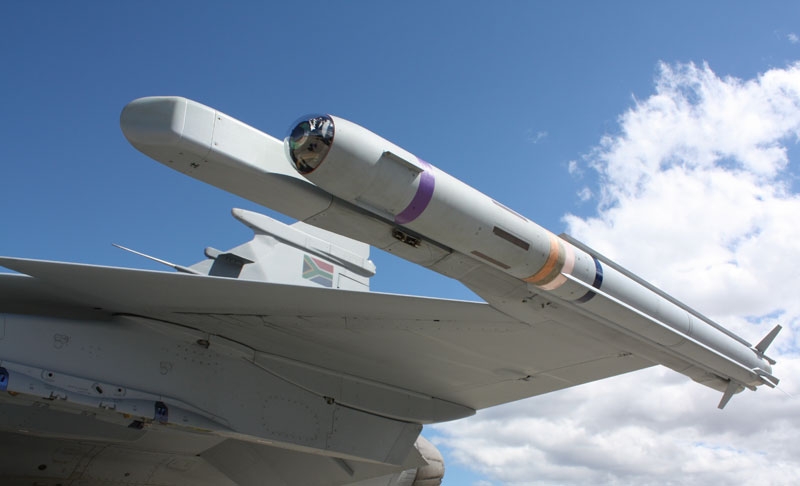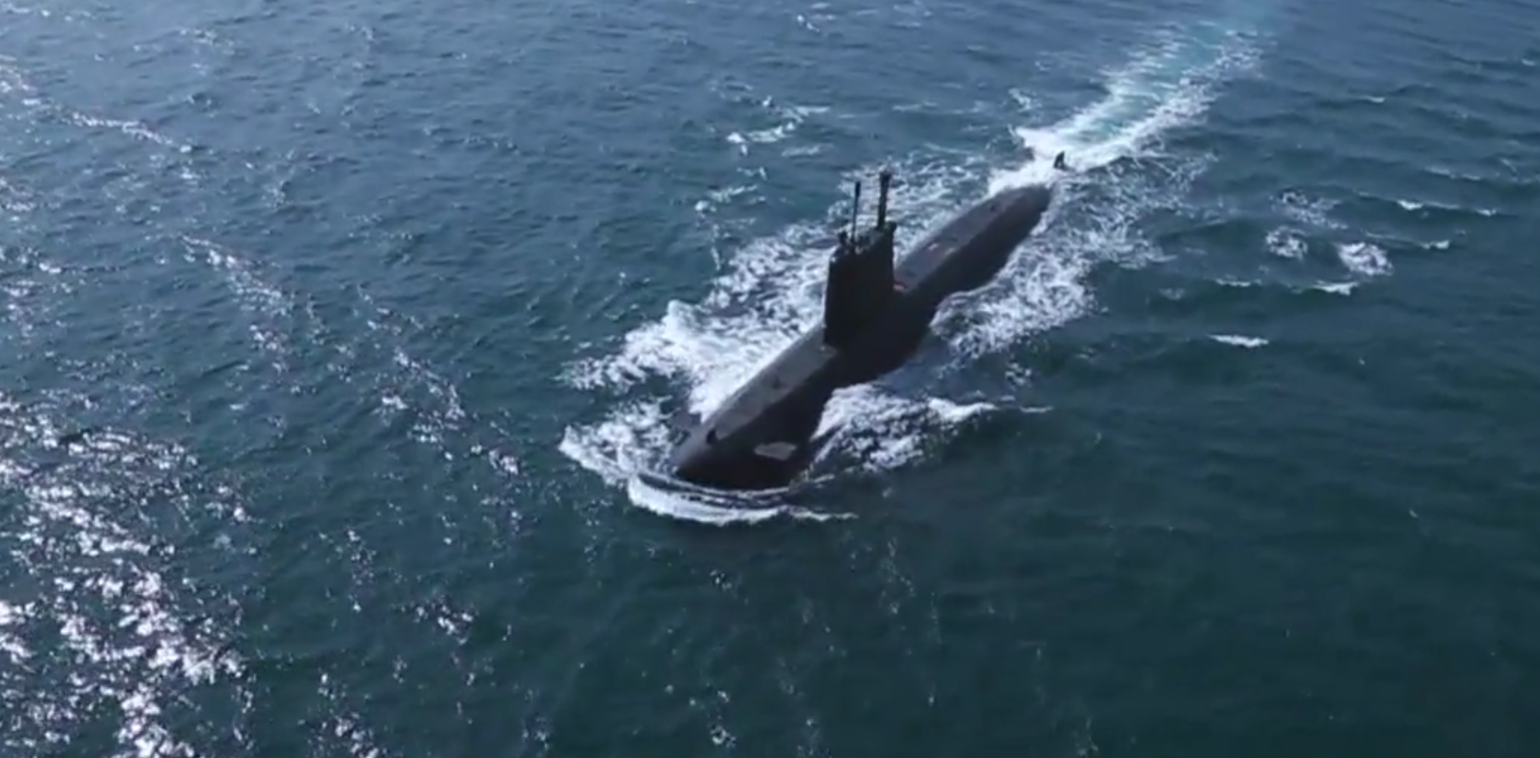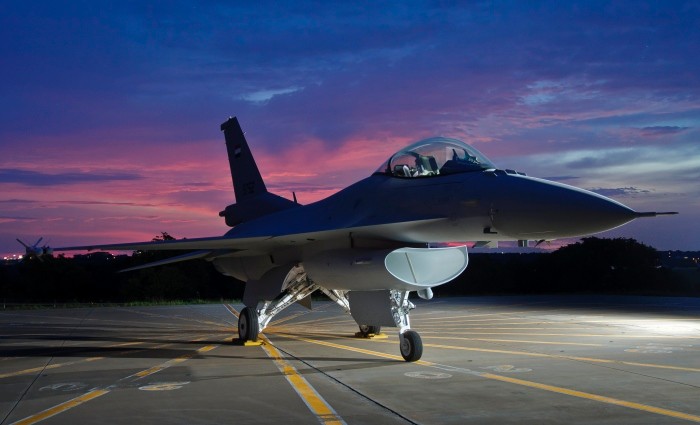2811Views 0Comments

South African arms exports almost $200 million U.S. in 2015
South Africa exported $196 million U.S. in armaments to 86 countries in 2015 (defenceWeb).
Although the figures had drawn controversy in the country’s legislature (in relation to human rights and the apparent ambiguity of certain governments in their interaction with non-state actors), South Africa’s long-term growth prospects clearly reside in the Middle East, Sub Saharan Africa, and East Asia.
The bulk of South Africa’s armoured vehicle sales – e.g. armoured personnel carriers, mine-resistant and ambush protected (MRAP) vehicles, and light armoured vehicles – went to the Arab Gulf and Sub—Saharan Africa. Denel Group and Paramount Group are vendors engaged in this front.
South Africa’s small arms and turrets sales did not draw as much from Sub-Saharan Africa, but rather, they had tilted towards the Arab Gulf and Asia, though France and Denmark were also customers.
The United Arab Emirates (UAE), Oman and the Netherlands were South Africa’s leading munitions customers, with the UAE absorbing 2,700 bombs and the clear majority of the 27,676 mortar shells sold.
Although munitions and armoured vehicle sales were dependent on the Arab Gulf and Sub-Saharan Africa, respectively, South Africa’s electronic warfare (EW) and electronic countermeasures (ECM) sales were more evenly distributed between Asian, African, Middle East and European markets.
Notes & Comments:
There is a clear correlation between the Emirates’ operational engagements in Yemen and Libya and South Africa’s surge in munitions sales to Abu Dhabi. There is no set end-date to the UAE’s campaigns. Furthermore, Rheinmetall Denel Munition factory will begin supplying the Saudi armed forces with a wide range of munitions (e.g. tank shells, artillery shells, small-arms ammunition, etc). South Africa’s industry can expect munitions sales to persist – if not grow – in the short and medium-term.
The ‘big-ticket’ – or high-margin – munitions segment centers on Denel Dynamics’ A-Darter high off-boresight air-to-air missile (HOBS AAM) business, for which there may be potential in Pakistan, which has been seeking a HOBS AAM for the JF-17. China has made strides in this area with the PL-10, so the window of opportunity in this segment could be closing. However, since China has yet to release marketable helmet-mounted display and sight (HMD/S) solutions, Denel Dynamics could secure favourable footing by pairing the A-Darter to an existing HMD/S on the market (e.g. Thales TopOwl-F).
Armoured vehicle sales could grow if Paramount Group’s subsidiary in Kazakhstan begins securing orders in that country as well as from regional export markets. Paramount Group and Denel Group have yet to secure a large upfront armoured vehicle commitment. China’s entry in similar product segments will pose a challenge, especially in the Sub-Saharan Africa market. The Chinese industry benefits from domestic economies of scale as well as a stronger financing and credit framework, which will enable NORINCO to offer very competitive packages to the same markets the South African industry will be working to retain. Thinner regulatory issues will also weigh in China’s favour.
2016 will likely mirror 2015 quite closely, but 2017 could be a potential growth year in some respects. For example, Paramount Group’s Ahrlac will enter production for an undisclosed customer in 2017, and Boeing has also partnered with Paramount Group to offer a light attack version for certain markets. This will be joined by a parallel armed variant for markets outside of Boeing’s scope.


